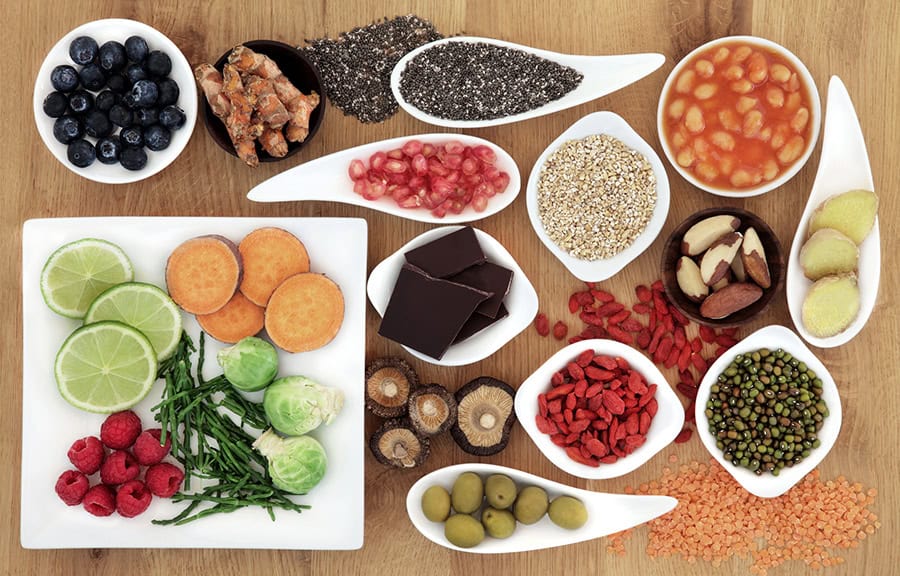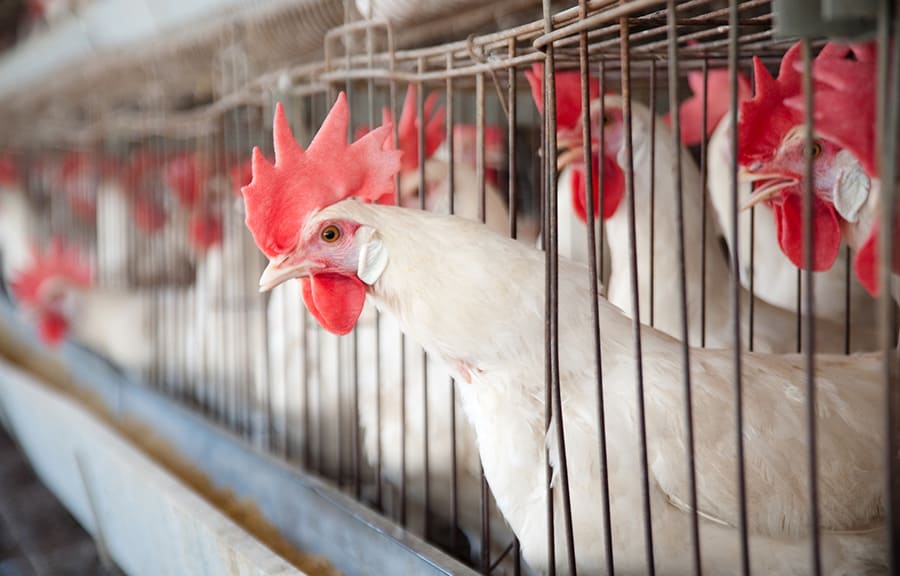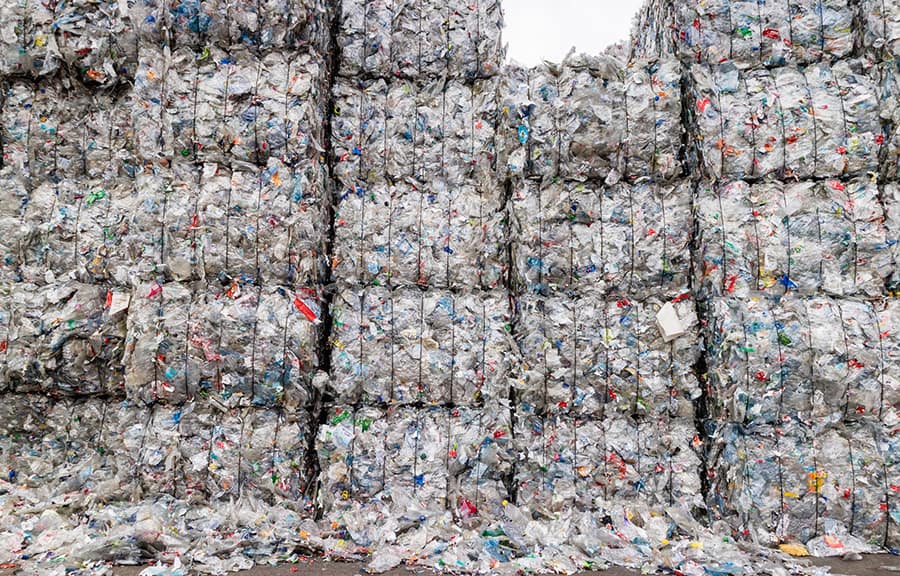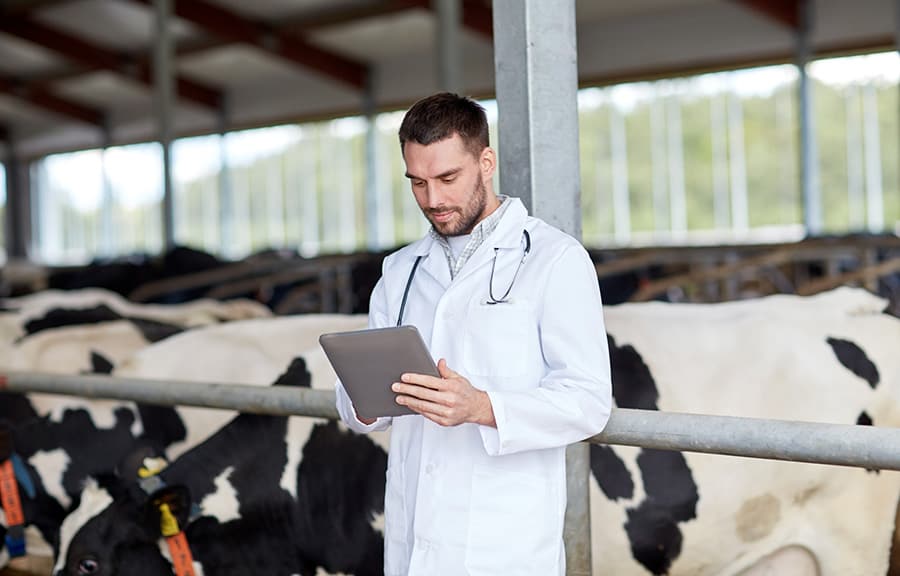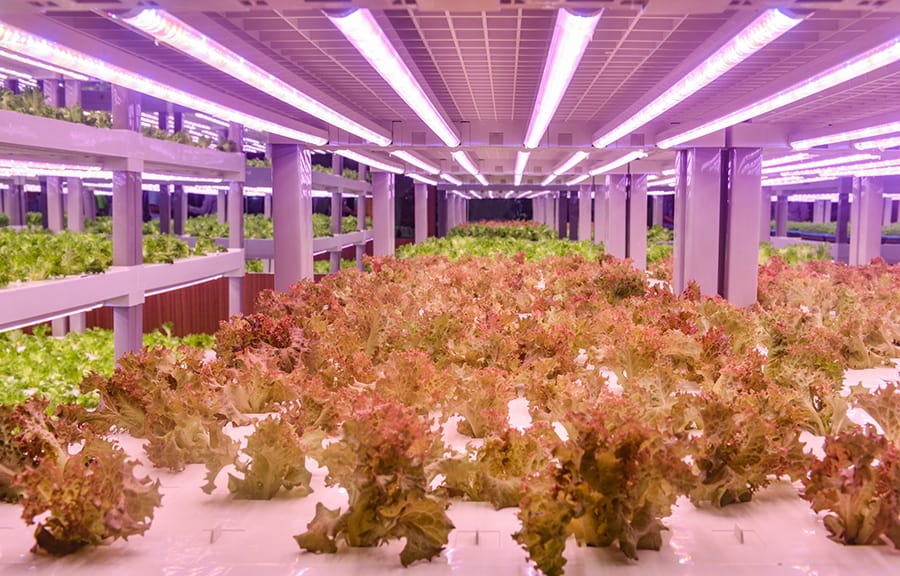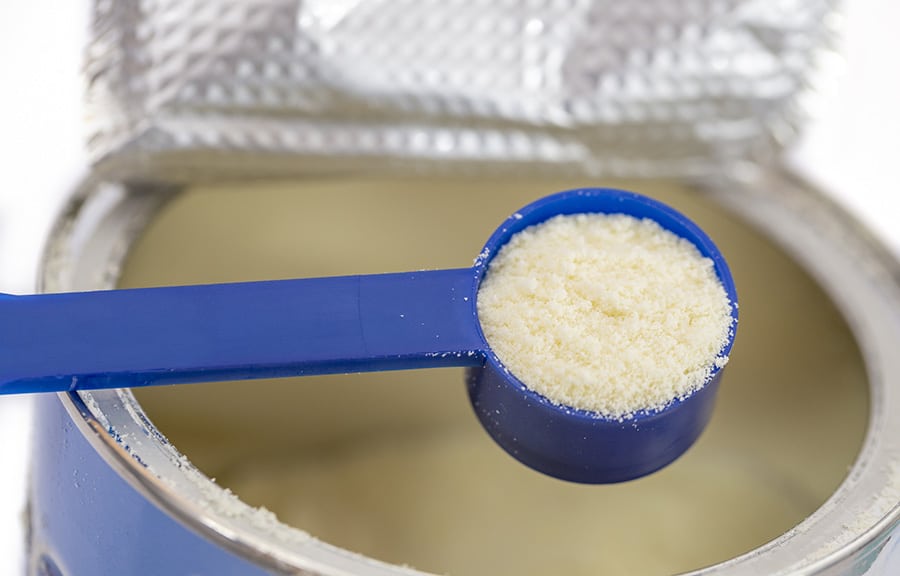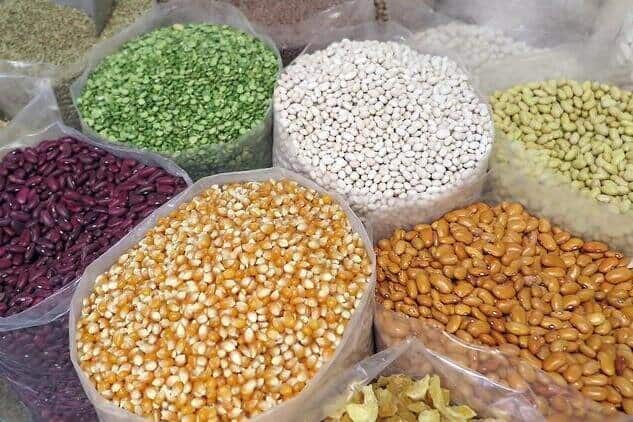New Method Paves the Way for Clearer Dietary Guidelines on Brain Health
News-Medical, March 25, 2024
Study to meld US and EU dietary and cognitive outcomes data.
Byproducts in Recycled Packaging Warrant Evaluation
Recycling Today, Feb. 26, 2024
Study: non-intentionally added substances in recycling feedstocks merit review.
Start-Up Seeks to Turn Sugar into Fiber
Wired Magazine, Feb. 23, 2024
New enzyme would transform sugar into fiber in a person’s digestive system.
Study Probes Byproducts in Food Packaging
Plastics Recycling Update, Jan. 17, 2024
Reviews the risks posed by non-intentionally added substances in recycled polyolefins.
Dietary Microbes Show Promise for Health
Medical Express, Jan. 10, 2024
Science review shows potential for supporting health.
Extended Producer Responsibility Programs Strengthen Recycling
Resource Reycling, Dec. 1, 2023
Countries with established plastic EPR regulations often possess higher recycling rates.
Sharing Data to Protect Public Health
Food Safety Magazine, Nov. 21, 2023
The why, the what and the how of reducing Salmonella risks.
Tracking Chemicals for Food Safety: A Risk Category Worth Our Attention
Quality Assurance & Food Safety, Nov. 9, 2023
Stay informed so food chemical risks aren’t missed.
FDA Proposes Ban on Veg Oil Found in Citrus Sodas
Agri-Pulse, Nov. 2, 2023
Dr. Wendelyn Jones quoted on FDA’s recent plans to phase out brominated vegetable oil.
Processors Can Help Create a Database for Food Microbes
Food Processing, Oct. 21, 2023
The USDA Global Branded Food Products Database now allows data input on live microbes in foods, advancing new health research.
Should We Reframe the Way We Talk about Gut Microbiome Health?
Nutritional Outlook, Oct. 12, 2023
IAFNS’ newly renamed Nutrition for Gut Health Committee plans for the future.
Recycled Polypropylene Stands up to Testing for Packaging Use
Waste Recycling Mag – Canada, Sept. 22, 2023
Recycled polypropylene meets environmental goals and reduces material costs.
Study Covers Food-grade Recycled Polypropylene
Plastics Recycling Update – Oct. 3, 2023
A wider range of non-intentionally added substances was found due to plastic additives, food additives and degradation byproducts.
Data Sharing for Food Safety
foodindustryexecutive.com. Sept. 12, 2023
New sharing mechanisms can be constructive next steps.
Optimizing Powder Sampling
Foodprocessing.com. August 11, 2023
Stratified sampling has the edge over random.
Cadmium Intake Analyzed by Age Group
food-safety.com. July 19, 2023
Six foods surveyed for childhood intake.
Food Classification
Foodprocessing.com. August 7, 2023
More science may be needed on processed foods before dietary guidance and policy get established.
Corporate Social Response-Ability: Safety commitments in the food and beverage ecosystem
foodsafetynews.com, May 21, 2023
At IAFNS, we believe that food safety efforts — which can often be thankless tasks — should count in CSR tallies at companies.
FDA Homes in on Harmful Chemicals in Food
Chemical & Engineering News. July 16, 2023
Agency food chemical reforms discussed at IAFNS Annual Meeting.
A Melting Pot of Cultures
Foodsafetymagazine.com. July 18, 2023
An influx of ethnic foods brings exciting new flavors while keeping an eye on microbial hazards.
Can Food Microbiome Help Us Ensure Safe, Quality Products?
foodsafetymagazine.com, April 18, 2023
Explore how competitive exclusion and other techniques can advance food safety.
Transparency as a Core Value: Clarity in Food and Health
foodindustryexecutive.com, April 11, 2023
Core values like transparency are an internal compass that drives an organization’s direction and decisions.
Study Highlights Salt Composition in 15 Foods.
US News & World Report, February 16, 2023
An array of foods are measured for sodium.
IAFNS on Improved Food Safety Sampling Strategies
Food Safety Magazine, December 11, 2022
One solution to sampling problems is to maximize the power of sampling plans to detect target hazards at explicitly defined risk levels.
IAFNS on Data Accessibility
Issues in Science & Technology, March 7, 2023
IAFNS advocates for transparency in emerging data policies and usage (scroll down to bottom to access).
Two Studies Discuss How to Get Benefits of Fiber-Rich Food Without Side Effects
emed.news/.com, February 3, 2023
Fiber-rich food is important for gastrointestinal health, but most Americans don’t get enough in their typical diet.
Action on Additives: Are Bio-Based Solutions Industry’s Answer to Tightening Chemical Legislation?
packaginginsights.com, February 1, 2023
Additives in food packaging serve multiple functions. However, many food packaging additives have been flagged for containing harmful chemicals.
The 15 Main Foods Rich in Sodium
O-Globo, Feb 21, 2023
Newspaper outlet looks at U.S. diets and sodium intake along with Brazilian consumption levels (Portuguese).

